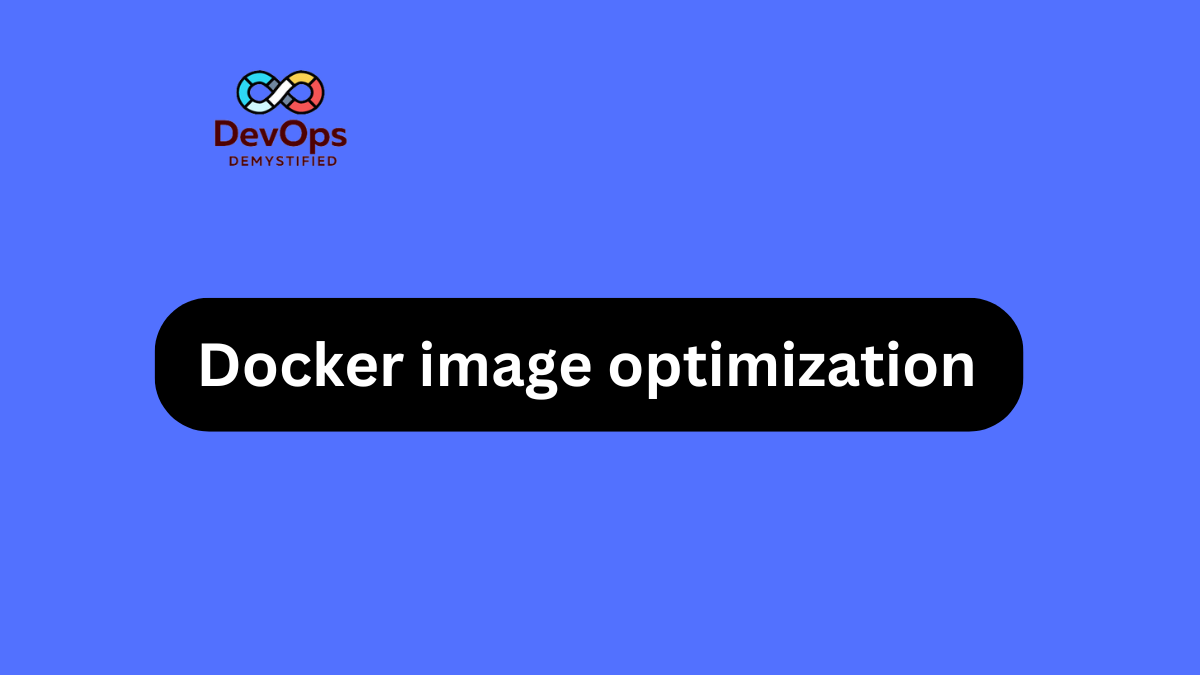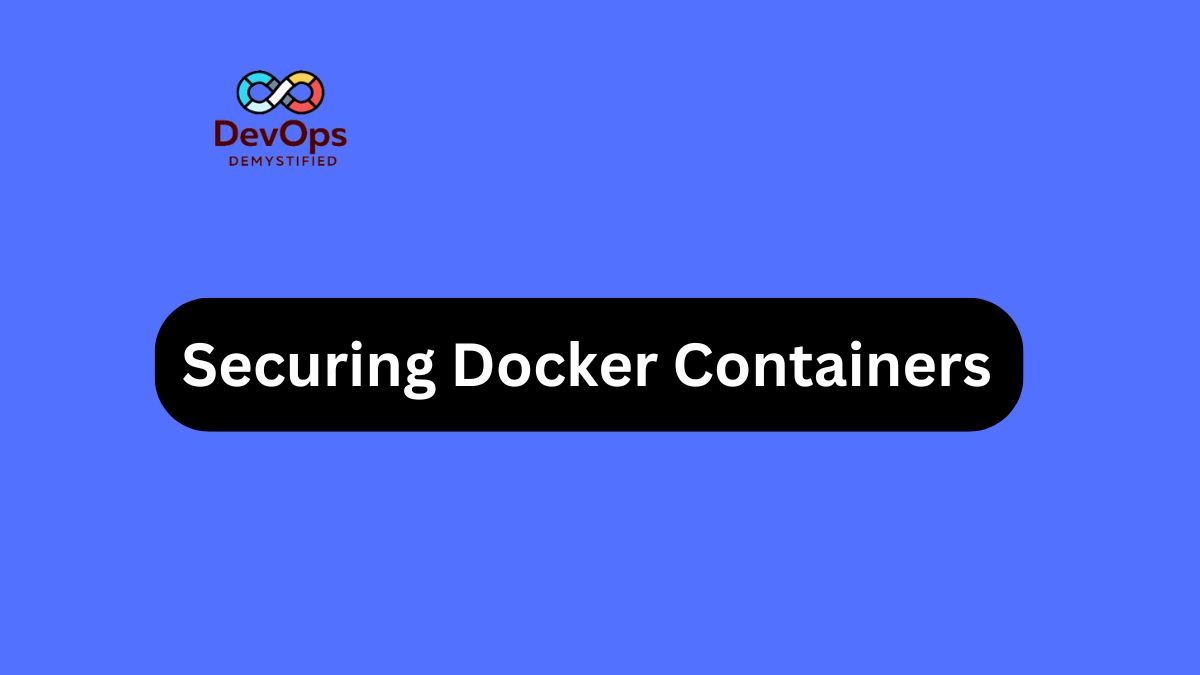In the ever-evolving world of software development, Docker has emerged as a powerful tool that is revolutionizing how applications are built, shipped, and run. But what exactly is Docker, and why has it become such an essential part of modern development workflows? This blog post will introduce you to Docker, explain its core concepts, and illustrate how it can streamline your development and deployment processes.
Understanding Docker
Docker is an open-source platform that automates the deployment, scaling, and management of applications using containerization technology. Containers allow developers to package applications and their dependencies into a single, portable unit that can run consistently across different environments.
Key Concepts of Docker
- Containers: Containers are lightweight, standalone, and executable software packages that include everything needed to run an application—code, runtime, libraries, and system tools. Unlike traditional virtual machines, containers share the host system’s OS kernel, which makes them more efficient and faster to start.
- Images: Docker images are the blueprints for containers. An image is a read-only template that contains the application code, libraries, and dependencies. Images can be versioned and shared through Docker registries, such as Docker Hub, making it easy to distribute and reuse code across different environments.
- Docker Engine: Docker Engine is the core component of Docker, responsible for creating, running, and managing containers. It consists of a server, a REST API, and a command-line interface (CLI) for interacting with Docker.
- Dockerfile: A Dockerfile is a script that contains a series of instructions on how to build a Docker image. It specifies the base image, application dependencies, environment variables, and commands to execute during the image build process.
- Docker Compose: Docker Compose is a tool for defining and running multi-container Docker applications. Using a
docker-compose.ymlfile, developers can configure the services, networks, and volumes required for an application, and then start all components with a single command.
Benefits of Using Docker
- Consistency Across Environments: Docker ensures that applications run the same way in development, testing, and production environments. By packaging the application with all its dependencies, Docker eliminates the “it works on my machine” problem.
- Efficiency and Speed: Containers are lightweight compared to virtual machines, which means they use fewer resources and start up faster. This efficiency leads to quicker deployment cycles and better resource utilization.
- Scalability: Docker makes it easy to scale applications horizontally by running multiple instances of containers. With tools like Kubernetes and Docker Swarm, you can manage and orchestrate large-scale container deployments effortlessly.
- Isolation: Containers provide process and resource isolation, which improves security and prevents conflicts between applications. Each container runs in its own isolated environment, ensuring that issues in one container do not affect others.
- Portability: Docker containers can run on any system that has Docker installed, regardless of the underlying OS or infrastructure. This portability makes it easier to move applications between different environments or cloud providers.
Getting Started with Docker
- Install Docker: To start using Docker, you need to install Docker Engine on your machine. Docker provides installation guides for various operating systems, including Windows, macOS, and Linux.
- Build Your First Container: Create a
Dockerfilefor your application and use it to build a Docker image. Once the image is built, you can run it as a container using Docker commands. - Explore Docker Hub: Docker Hub is a cloud-based registry service where you can find and share Docker images. Explore existing images to see how others have configured their applications or to find base images for your own projects.
- Learn Docker Compose: If your application consists of multiple services, learn how to use Docker Compose to define and manage your application’s components in a single configuration file.
Conclusion
Docker has fundamentally changed the way developers approach application deployment and management. By leveraging containerization, Docker provides a consistent, efficient, and scalable solution for building and running applications. Whether you’re working on a small project or a large-scale deployment, Docker can simplify your workflow and enhance your development practices.
If you’re new to Docker, start experimenting with containers, build your own Docker images, and explore the vast ecosystem of tools and resources available. With Docker, you’ll be well-equipped to tackle modern development challenges and embrace the future of application delivery.



